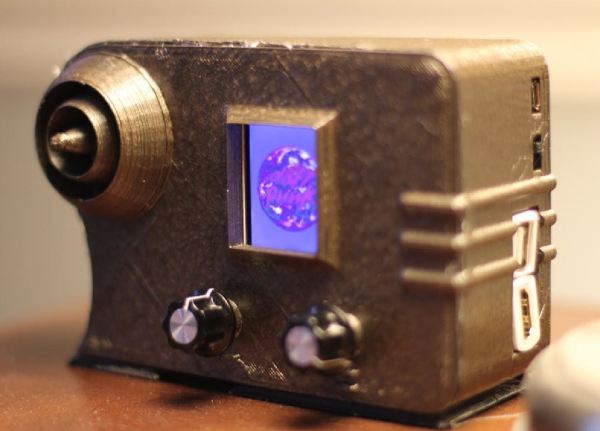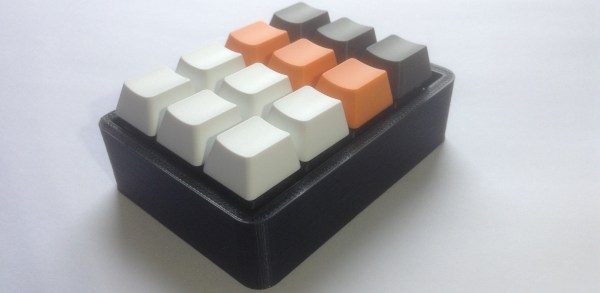Well here we are, we’ve reached that time of year again at which our yearly ritual of resuscitating small internal combustion engines from their winter-induced morbidity is well under way. It’s lawn mowing season again, and a lot of us are spending our Saturday afternoons going up and down our little patches of grass courtesy of messers Briggs and Stratton. Where this is being written, the trusty Honda mower’s deck has unexpectedly failed, so an agricultural field topper is performing stand-in duty for a while, and leaving us with more of the rough shag pile of a steeplechaser’s course than the smooth velvet of a cricket ground. Tea on the lawn will be a mite springier this year.
When you think about it, there’s something ever so slightly odd about going to such effort over a patch of grass. Why do we do it? Because we like it? Because everyone else has one? Or simply because it’s less effort to fill the space with grass than it is to put something else there? It’s as if our little pockets of grassland have become one of those facets of our consumer culture that we never really think about, we just do. Continue reading “Something To Think About While You’re Mowing The Lawn”














